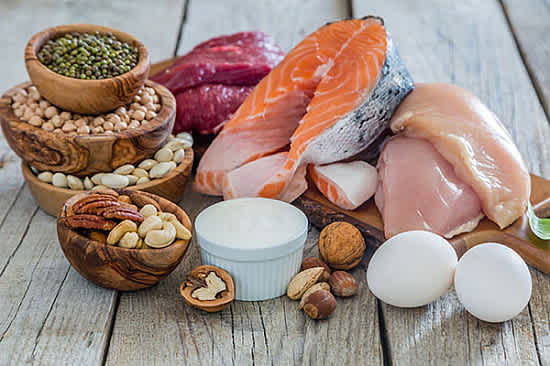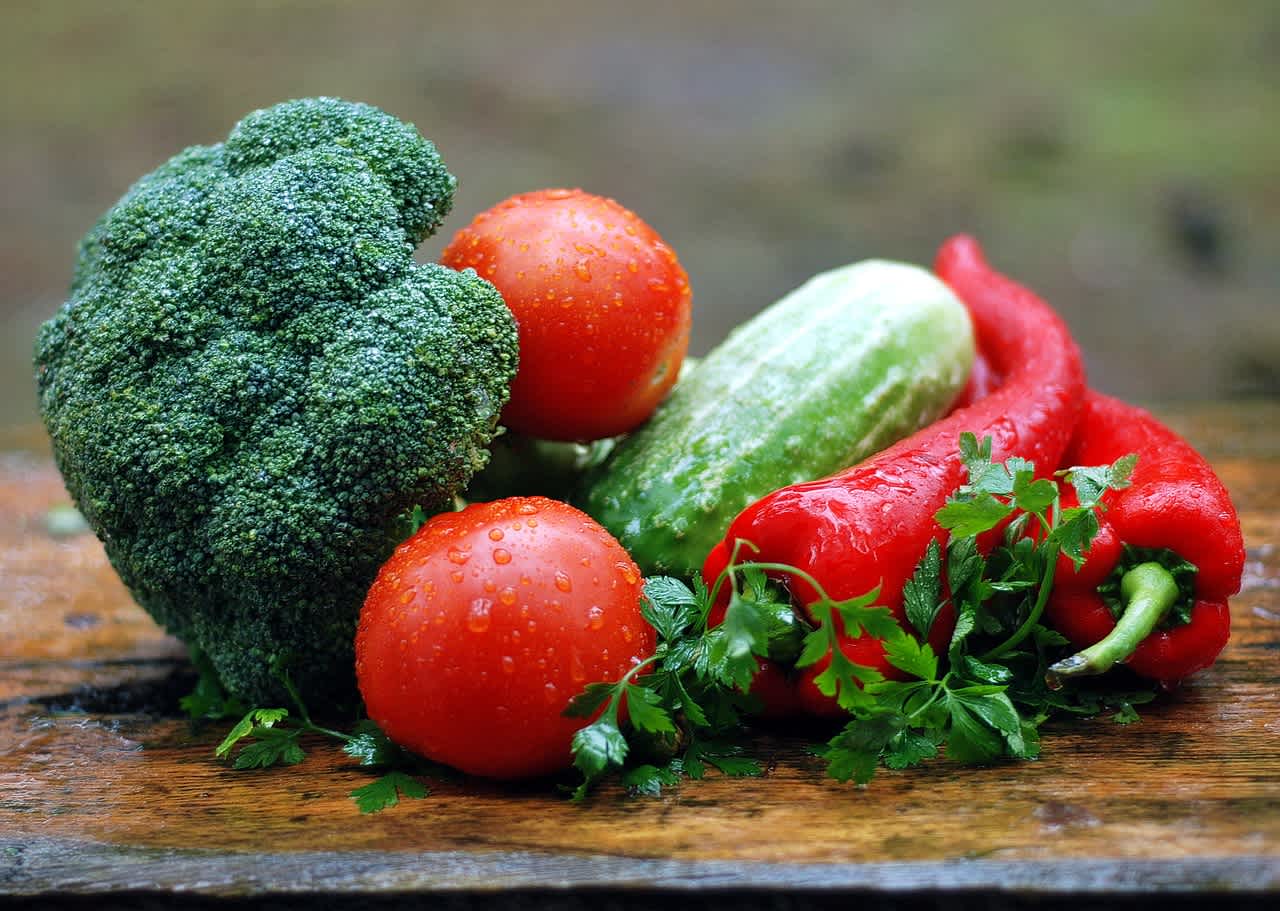
Hidden Sugars in Your Diet: How to Spot and Replace Them

The Sweet Deception: Understanding Hidden Sugars
We all know that consuming too much sugar isn't good for our health. But what if you're unknowingly consuming more than you realize? Welcome to the world of hidden sugars – sneaky sweeteners lurking in foods you'd least expect.
In this post, we'll explore hidden sugars, how to spot them, and practical ways to reduce sugar intake for a healthier lifestyle.
What Are Hidden Sugars?

Hidden sugars are added sugars present in foods but not immediately obvious. They enhance flavor, improve texture, and extend shelf life in processed foods. The tricky part? They appear under many different names, making them hard to identify on ingredient lists.
Did You Know?
The average American consumes 17 teaspoons of added sugar daily—more than double the recommended intake!
The Sugar Detective: Spotting Hidden Sugars in Your Food
Reading Labels Like a Pro
One of the best ways to reduce sugar intake is by learning how to read food labels effectively. Look out for:
Sugars in various forms: sucrose, glucose, fructose, maltose
Syrups: corn syrup, maple syrup, agave nectar
Words ending in "-ose": dextrose, lactose, maltose
Other sneaky names: molasses, honey, fruit juice concentrate
Common Foods Containing Hidden Sugars
Hidden sugars are commonly found in:
Salad dressings and sauces
Bread and baked goods
Flavored yogurt
Breakfast cereals
Canned soups and vegetables
Protein bars and granola
The Sugar-Free Diet Trap
Many turn to "sugar-free" products, but these often contain artificial sweeteners or sugar alcohols, which can have negative effects on health. Always check labels carefully.
The Impact of Hidden Sugars on Your Health
Weight Gain and Obesity
Hidden sugars add empty calories, leading to weight gain and obesity over time.
Increased Risk of Type 2 Diabetes
Consuming excess sugar can cause insulin resistance, increasing your risk of type 2 diabetes.
Dental Health Issues
Sugar feeds bacteria in your mouth, leading to cavities and enamel damage.
Mood and Energy Fluctuations
Hidden sugars can cause blood sugar spikes and crashes, leading to fatigue and mood swings.
Inflammation and Chronic Diseases
Excess sugar consumption is linked to chronic inflammation, increasing the risk of heart disease and cancer.
How to Reduce Sugar Intake: Practical Tips
1. Swap Sugary Drinks for Healthier Alternatives
Replace sodas and energy drinks with water, unsweetened tea, or sparkling water with fruit slices.
Try infused water with fresh fruits or herbs.
2. Choose Whole Foods Over Processed Options
Eat whole fruits instead of fruit juices.
Use plain yogurt with fresh fruit instead of flavored options.
Make homemade salad dressings with olive oil and vinegar.
3. Be Mindful of Condiments and Sauces
Check labels on ketchup, barbecue sauce, and salad dressings.
Opt for homemade sauces with fresh ingredients.
4. Rethink Your Breakfast
Choose unsweetened cereals and add fruit for sweetness.
Try savory breakfasts like eggs with vegetables or avocado toast.
5. Snack Smart
Replace candy and cookies with nuts, seeds, or veggie sticks with hummus.
If craving sweets, go for dark chocolate (70% cocoa or more).
6. Gradually Reduce Sugar in Your Coffee or Tea
Slowly decrease sugar over time.
Experiment with cinnamon or vanilla extract for flavor.
Healthier Alternatives to Hidden Sugars

Natural Sweeteners
Stevia – A plant-based, zero-calorie sweetener.
Monk Fruit Extract – A natural, calorie-free sweetener.
Dates – Blend into smoothies or use in baking.
Applesauce – A natural substitute in recipes.
Artificial Sweeteners (Use in Moderation)
Aspartame
Sucralose
Saccharin
Meal Planning for a Low-Sugar Lifestyle
1. Plan Your Weekly Menu
Prioritize whole foods like vegetables, lean meats, and whole grains.
2. Prep Ingredients in Advance
Wash and chop veggies for easy use.
Cook proteins in bulk for multiple meals.
3. Stock Your Pantry with Low-Sugar Staples
Keep herbs and spices for flavor.
Stock nuts, seeds, and whole grains.
Have frozen fruits and veggies for quick meals.
The Hidden Sugar Challenge: Take Control of Your Diet
Try this 7-day challenge to reduce hidden sugars:
Day 1: Sugar Audit – Check labels and identify high-sugar foods. Day 2: Beverage Swap – Replace sugary drinks with healthier options. Day 3: Snack Makeover – Choose low-sugar snacks like nuts or veggies. Day 4: Sauce Boss – Make your own sauces and dressings. Day 5: Breakfast Revolution – Try a sugar-free breakfast. Day 6: Dessert Reimagined – Enjoy a low-sugar dessert like baked apples. Day 7: Reflect & Plan – Assess your progress and plan for long-term changes.
Navigating Social Situations on a Low-Sugar Diet
Eat a healthy snack before attending events.
Bring a low-sugar dish to share.
Focus on socializing rather than food.
Politely decline sugary foods when necessary.
Enjoy sweets in moderation and mindfully.
The Long-Term Benefits of Reducing Hidden Sugars
Better energy levels and a stable mood
Weight management
Lower risk of diabetes and heart disease
Improved dental health
Clearer skin
Better sleep quality
Reduced inflammation
Conclusion: Your Journey to a Low-Sugar Lifestyle
Reducing hidden sugars is a journey, not a destination. Small, sustainable changes lead to lasting health benefits. By making mindful choices, you can take control of your diet and well-being.
Are you ready to take the Hidden Sugar Challenge? Start small, stay consistent, and celebrate your progress. Your body will thank you!



